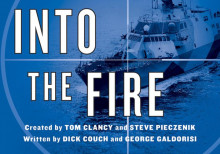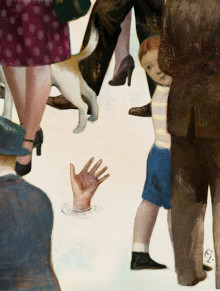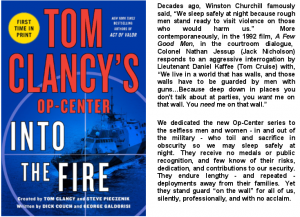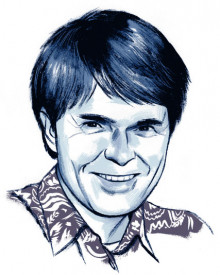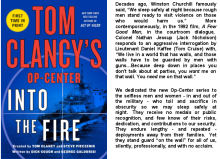Arrows in the Night
Posted in BlogNovember 13, 2015Comments Off on Arrows in the Night
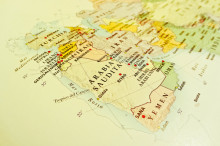
Ahmad Chalabi died earlier this month. Most people don’t recognize his name. Until three years ago, neither did I. That was before I wrote a review of the book Arrow’s in the Night. If there is one book that helps explain why, in 2015, the United States in still mired in the Mideast, it has my vote. Here is part of what I wrote:
Only a handful of people, those in the top policymaking positions in the United States’ government in the years – and even decades – prior to OIF, understand why the United States ultimately went to war to depose Saddam Hussein. Until now.
Arrows of the Night takes the reader on a half-century journey beginning with Chalabi’s exile from Iraq in 1958, to the American invasion of Iraq in 2003, to Chalabi’s work in post-Saddam Iraq. This journey is both complex and compelling as the primary subject, Ahmad Chalabi, has a larger-than-life resume of triumphs and scandal including a degree in mathematics from MIT, a doctorate from the University of Chicago, work as a university professor and a wildly-successful banker, a conviction for embezzling, and work as a CIA operative.
Throughout this journey, in all his occupations and avocations, Ahmad Chalabi maintained a singular focus – and as Bonin describes – an obsession, to overthrow Saddam’s Ba-athist regime and return to his Iraqi homeland in a blaze of glory. This was his strategy, and everything else was tactics. While the United States ultimately might have gone to war in Iraq again under the George W. Bush administration to finish what his father’s administration had not, without Ahmad Chalabi, the last half–century relationship between the United States and Iraq – and indeed the entire Middle East – would likely have been vastly different had this complex and complicated man never been exiled from Iraq, or had he merely lived quietly in exile.
This, in a nutshell, describes Ahmad Chalabi’s journey, which began in 1958 when his wealthy Shiite family was exiled from Iraq after a revolution that ultimately put Saddam Hussein in power. It describes how the young Chalabi devoted his life to restoring his family to prominence. His first coup attempt was in 1963 at age nineteen, while on a school break from MIT. His next was aided by Iranian intelligence. But as the years passed and Saddam stayed in power, Chalabi came to realize that he needed the United States to help him rid Iraq of Saddam. Only the world’s superpower could make this happen.
More on Ahmad Chalabi’s journey in this New York Times article here:
http://www.nytimes.com/2015/11/04/world/middleeast/ahmad-chalabi-iraq-dead.html?_r=0
And in this New York Times Op-ed here:
http://www.nytimes.com/2015/11/05/opinion/why-america-invented-ahmad-chalabi.html


